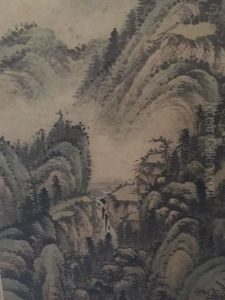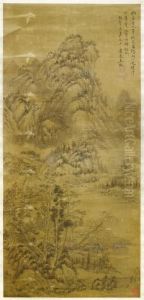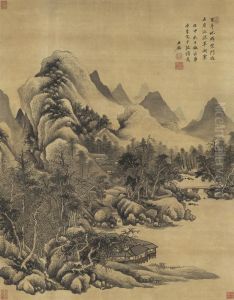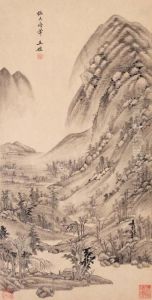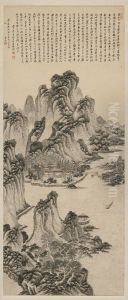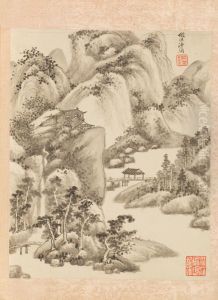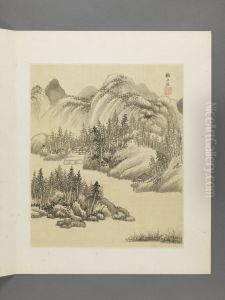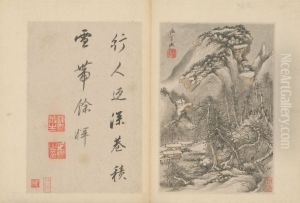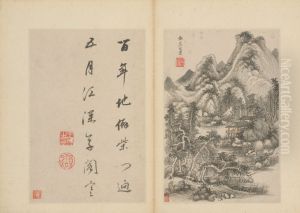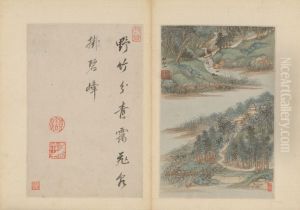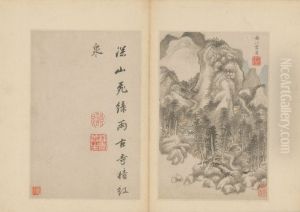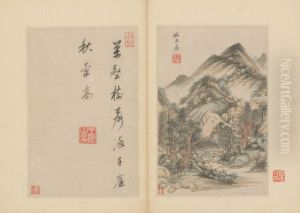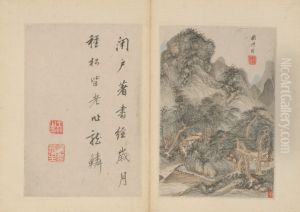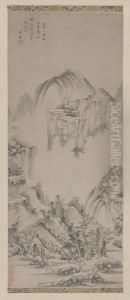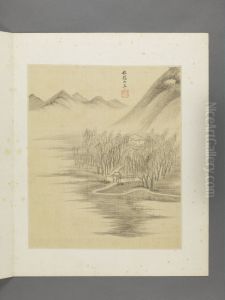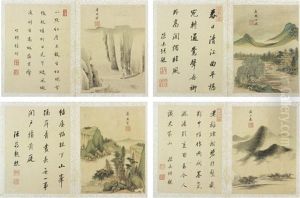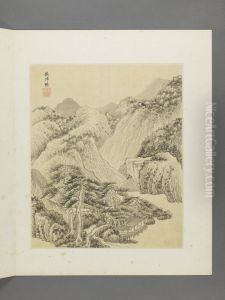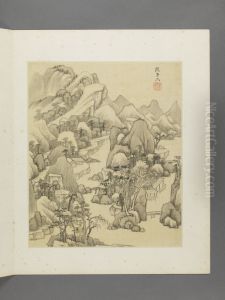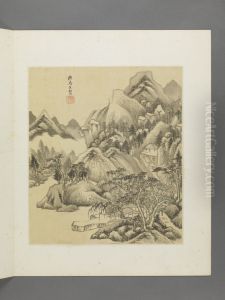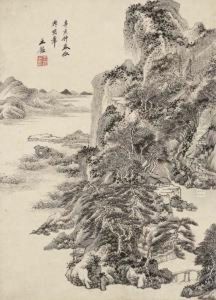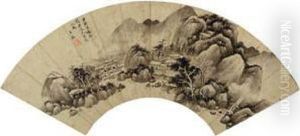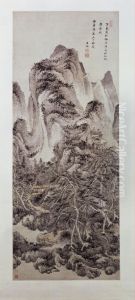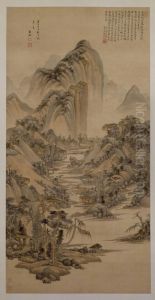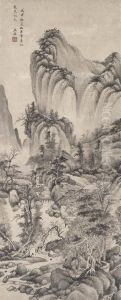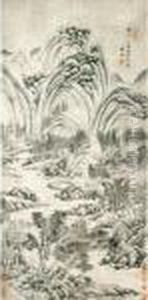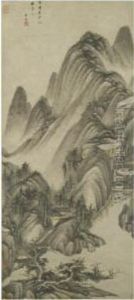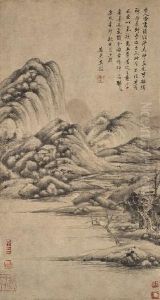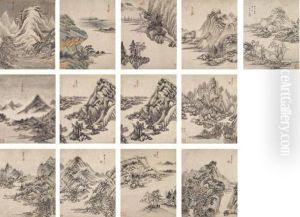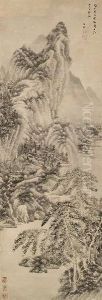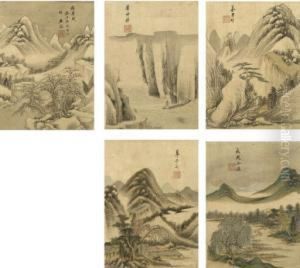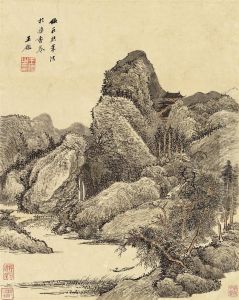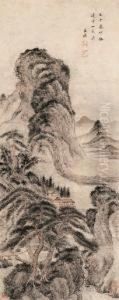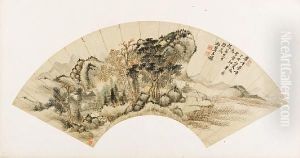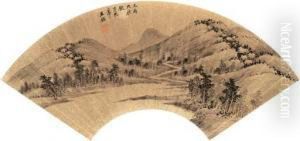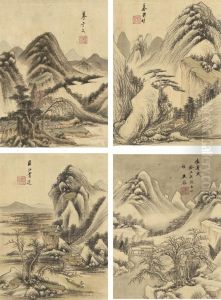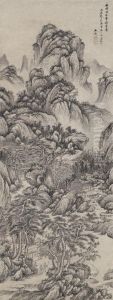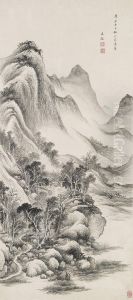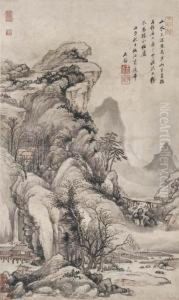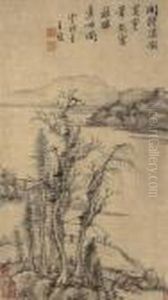Wang Jian Paintings
Wang Jian was a notable Chinese painter during the late Ming and early Qing dynasties. He was born in Taicang, Jiangsu province in 1598. Wang Jian was recognized for his landscape paintings, which were often inspired by earlier masters, particularly those from the Yuan dynasty (1271-1368). His style is characterized by a delicate and refined use of brushwork, and his compositions often conveyed a sense of serene grandeur.
Wang Jian was part of a group known as the Four Wangs, which also included Wang Shimin, Wang Hui, and Wang Yuanqi. This group had a significant influence on the development of Chinese painting during the Qing dynasty. They were part of the larger 'Orthodox School' of Chinese painting, which sought to return to the pure and refined styles of the past, especially those of the Song (960-1279) and Yuan dynasties.
In his pursuit of the ancient styles, Wang Jian studied the works of old masters extensively, and his paintings reflected a deep understanding of their techniques and aesthetics. His landscapes usually featured mountains, rivers, and often included small figures to indicate scale and add life to the scenes. He was also adept at the 'boneless' technique, where washes of ink and color are used without the defining outlines typically seen in Chinese painting.
Despite his contributions to the art world, there is relatively little documented about Wang Jian's personal life or his training. It is known that he passed away in 1677. Wang Jian's works were highly prized by collectors and connoisseurs, and his influence continued to resonate in Chinese art, affecting the styles of future generations of painters. Today, his works are held in various museum collections and continue to be studied for their technical mastery and serene beauty.
